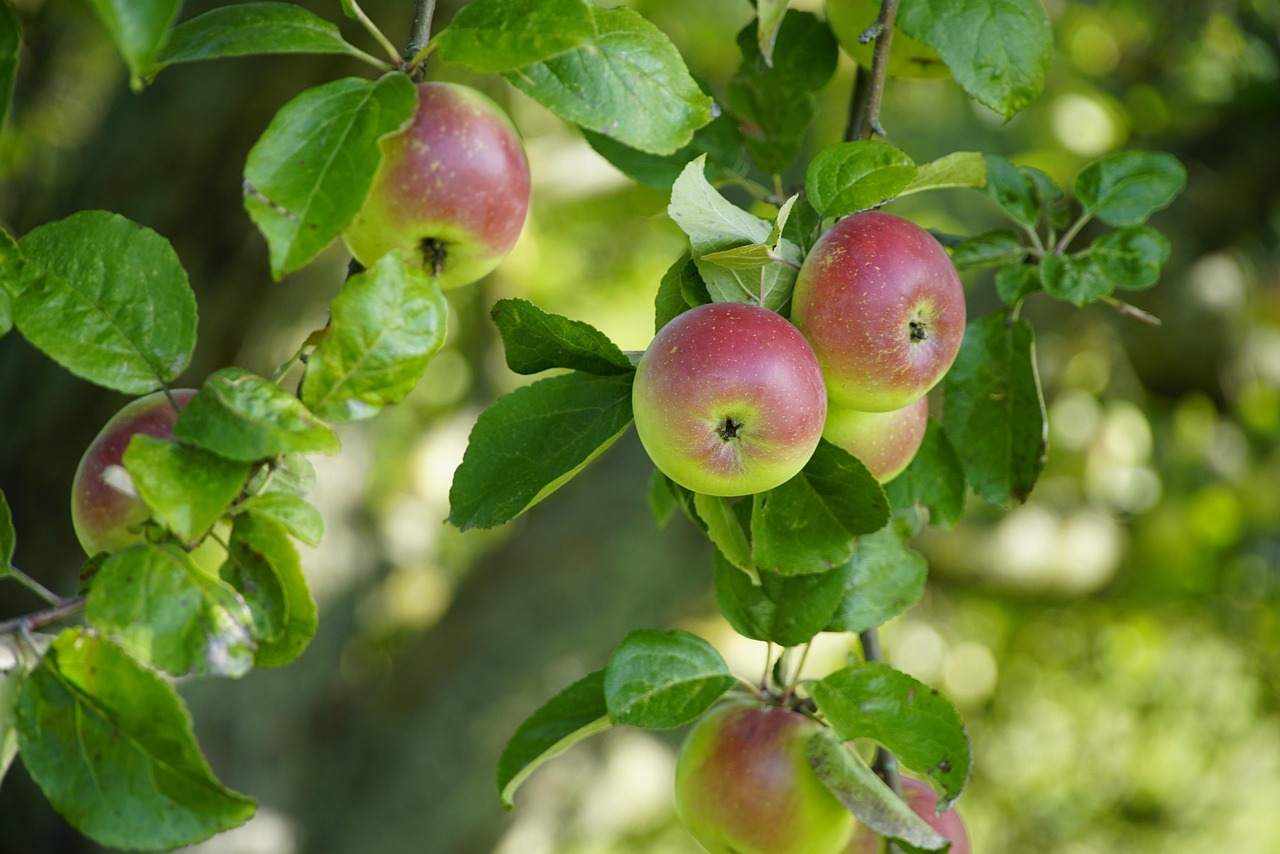
Planting an apple tree feels like planting hope itself — a tiny twig today, heavy with sweet fruit tomorrow. While spring usually steals the spotlight, fall is actually the secret season for smarter growers. With cooler temperatures, moist soil, and less transplant shock, your little sapling can establish strong roots before winter arrives — and race out of the gate next spring. Ready to give your apple tree the best possible start?
Why Choose Fall for Planting Apple Trees?
Nature’s Perfect Timing
Fall offers a slower, gentler rhythm for young trees. The stress of heat and insects fades, while the soil remains warm enough for root growth. It’s a window of opportunity most beginner gardeners overlook — but orchard veterans swear by.
Benefits of Fall Planting:
- Roots grow without competing with leaves and fruit
- Less need for constant watering
- Cooler air reduces transplant stress
- Earlier first harvest compared to spring-planted trees
Choosing the Right Apple Tree Variety
Match the Tree to Your Climate
Not every apple thrives in every region. Before you fall in love with a Honeycrisp, make sure it can handle your local winter temperatures.
Common Cold-Hardy Choices
- Honeycrisp: Sweet, crisp, great for cold zones
- Granny Smith: Tangy and tough
- Liberty: Disease-resistant and adaptable
- Jonathan: Classic flavor, excellent for pies
Tip: Always choose a variety rated for at least one zone colder than yours — winters can surprise you.
Location Matters: Picking the Best Spot
Sunshine & Space — Don’t Compromise!
Apple trees crave sun and elbow room. Look for a space with 6–8 hours of direct sunlight and good airflow.
Bad Spots to Avoid
- Low areas with frost pockets
- Constantly soggy soil
- Tight areas near buildings or fences
Your apple tree wants to stretch out — vertically and underground.
Soil Prep Secrets for Faster Growth
Feed the Roots Before You Plant
Healthy soil equals healthy trees. Get your planting area ready before you bring home your sapling.
Step-by-Step Soil Prep:
- Test the pH (ideal range: 6.0–7.0)
- Add compost or aged manure – boost organic matter
- Loosen soil 18–24 inches deep to help root penetration
- Mix in bone meal for slow-release phosphorus
Avoid synthetic fertilizers at planting time — they can burn new roots.
Planting Day: The Right Technique
How to Plant Your Apple Tree in Fall (the Correct Way)
Step-by-Step Guide
- Dig a hole twice as wide as the root ball but no deeper.
- Position the tree so the graft union (the bump near the base) stays 2–3 inches above soil level.
- Spread the roots gently, avoiding cramped tangles.
- Backfill with native soil, tamping lightly to remove air pockets.
- Water deeply, soaking the entire root zone.
- Mulch with 2–3 inches of shredded bark or straw, keeping mulch away from the trunk.
Post-Planting Care: Help It Thrive
What to Do After Planting Your Fall Apple Tree
Watering Wisely
- First week: Water every 2–3 days
- Following weeks: Once weekly if rain is scarce
- Stop watering once the ground freezes
Should You Fertilize in Fall?
No — wait until spring. Let your tree focus on roots, not leafy growth.
H3: Protect from Pests & Weather
- Wrap trunks with tree guards to stop rodents
- Install a wire cage to block deer
- Use burlap windbreaks in windy areas
Training & Pruning for Faster Spring Growth
Encourage Structure Early On
Fall is not the time for heavy pruning — but a light hand now can mean big rewards later.
Focus on These Basics:
- Remove broken or crossing branches
- Shape the tree to one central leader
- Encourage horizontal branch angles using clothespins or spreaders
Common Mistakes to Avoid When Planting in Fall
Rookie Errors That Slow Growth Down
- Planting too deep
- Using fertilizer too soon
- Forgetting to water during dry fall weeks
- Skipping wind protection
- Choosing the wrong variety for your zone
A few smart decisions now can mean a bucket of apples down the road.
When Will You See Results?
The Patience Payoff
- Year 1: Strong root development underground
- Year 2–3: First blossoms and small fruit
- Year 4–5: Full harvests (if pruned and cared for properly!)
Expect your tree to grow faster and bear fruit earlier than spring-planted neighbors — that’s the power of fall planting.
Final Thoughts
Fall Apple Tree Planting Secrets: When & How to Get Faster Growth! isn’t just a headline — it’s a real strategy. By choosing the right variety, mastering your timing, and creating ideal planting conditions, you give your tree a powerful head start.
So as leaves fall and gardens wind down, don’t pack away your shovel just yet. This season could be the beginning of your juiciest, crispest harvest yet. Ready to plant your future?
